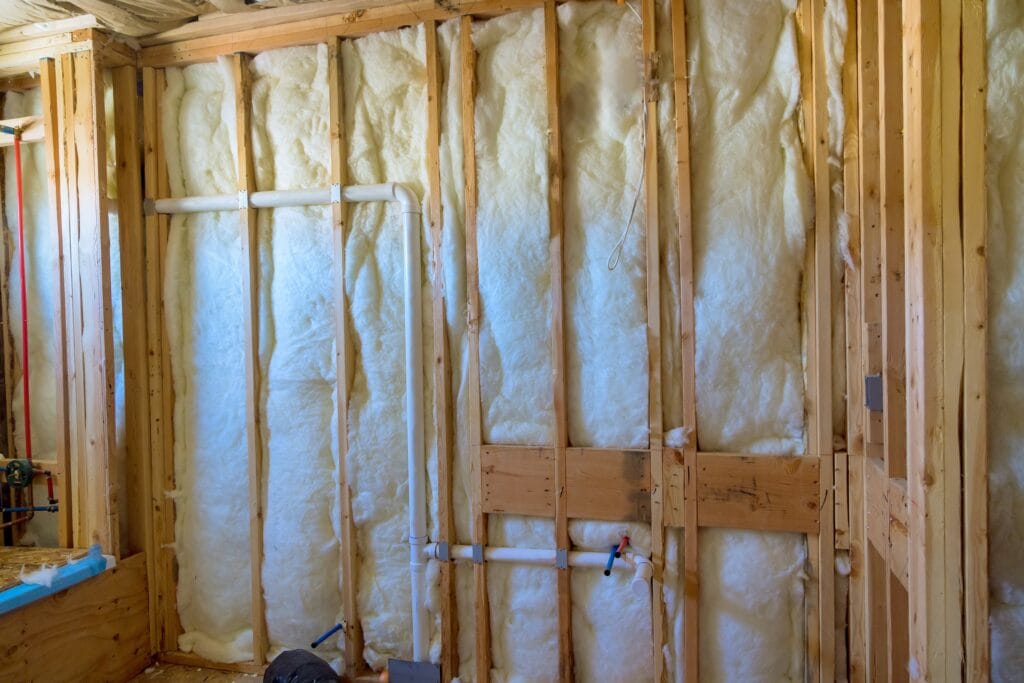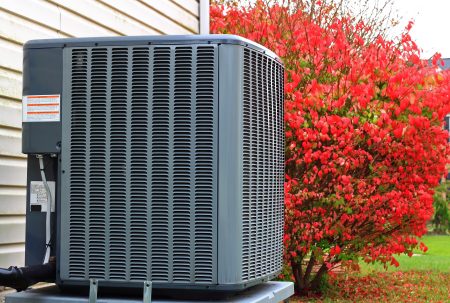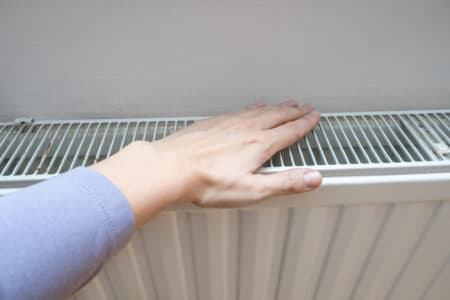What is Wall Insulation?
Wall insulation plays a crucial role in enhancing the energy efficiency of a home. It serves as a barrier against heat loss in the winter and heat gain in the summer, allowing homeowners to maintain comfortable indoor temperatures year-round. Insulation also reduces noise transmission between rooms and from outside, contributing to a quieter living environment.
The importance of wall insulation cannot be overstated. By improving energy efficiency, it helps reduce heating and cooling costs, which can lead to significant savings on utility bills. Additionally, many regions offer tax credits or rebates for homes that upgrade their insulation, making it a financially sound investment.
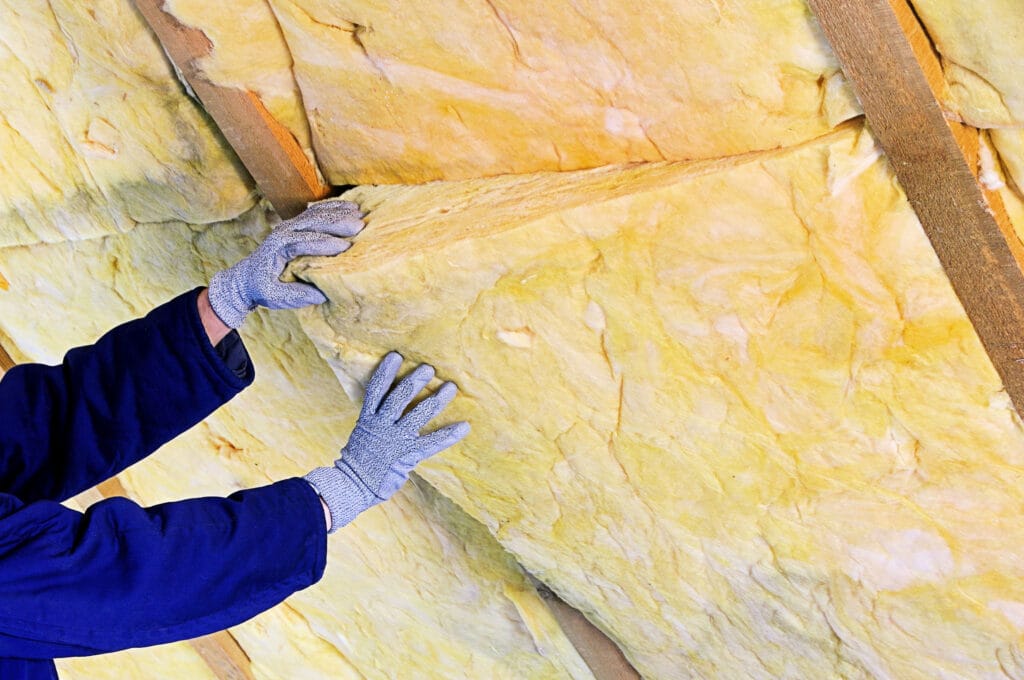
Overview of House Wall Insulation Types
Fiberglass Insulation
Fiberglass insulation is one of the most common types used in residential construction. It consists of tiny glass fibers that trap air, providing effective thermal resistance. Available in batts or loose-fill forms, fiberglass insulation is relatively easy to install and is non-combustible, making it a safe choice. However, it can irritate the skin and eyes during installation, requiring protective gear.
Foam Board Insulation
Foam board insulation is made from rigid panels of foam and is often used in exterior walls, foundation walls, and basement walls. It offers a high R-value per inch of thickness, making it an excellent insulator. Foam board is lightweight and easy to work with, but it can be more expensive than other insulation types. Additionally, it should be installed with care to avoid gaps that can lead to air leaks.
Spray Foam Insulation
Spray foam wall insulation is a versatile and highly effective option that expands upon application, filling gaps and cracks in walls. It creates an airtight seal, significantly improving energy efficiency. While spray foam can be more costly upfront, its performance can lead to long-term savings on energy bills. Professional installation is recommended to ensure proper application and safety.
Cellulose Insulation
Cellulose insulation, made from recycled paper products, is an eco-friendly choice that offers excellent thermal performance. It is typically blown into wall cavities, allowing it to conform around obstructions. Cellulose insulation is treated with fire retardants, but it may settle over time, which can reduce its effectiveness. It is often favored for retrofitting older homes due to its sustainable nature.
Mineral Wool Insulation
Mineral wool wall insulation, also known as rock wool, is made from natural or recycled stone materials. It offers excellent sound absorption and fire resistance. Mineral wool is hydrophobic, meaning it repels water, making it a great choice for areas prone to moisture. However, it can be denser and heavier than other insulation types, which may affect installation practices.
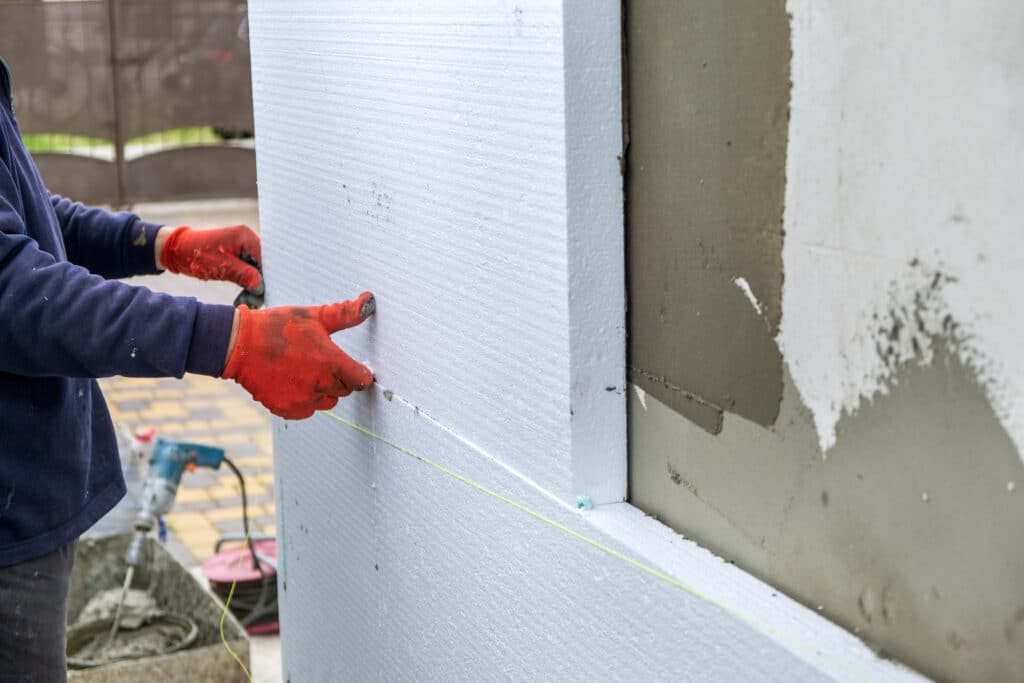
Comparing the Best Insulation Options
Cost-Effectiveness
Cost is a significant factor when choosing insulation. Fiberglass insulation is generally the most affordable, while foam board and spray foam can be higher in price. However, it is crucial to consider the long-term savings on heating and cooling costs, which can offset the initial investment. Energy-efficient homes typically provide lower utility bills, making insulation a worthwhile expense.
Energy Efficiency
Energy efficiency is another critical aspect to evaluate. Spray foam insulation stands out for its ability to create an airtight seal, significantly enhancing a home’s energy performance. On the other hand, fiberglass and cellulose insulation also provide good R-values but may require additional measures to prevent air leaks. The effectiveness of insulation can vary based on the type, thickness, and installation quality.
Environmental Impact
With increasing awareness of environmental sustainability, the ecological impact of insulation materials is gaining importance. Cellulose insulation is a top contender, being made from recycled materials and having a minimal carbon footprint. Mineral wool also uses natural materials and is recyclable, while fiberglass typically has a more energy-intensive manufacturing process. Homeowners should consider both the sustainability of the materials and their recyclability when making a choice.
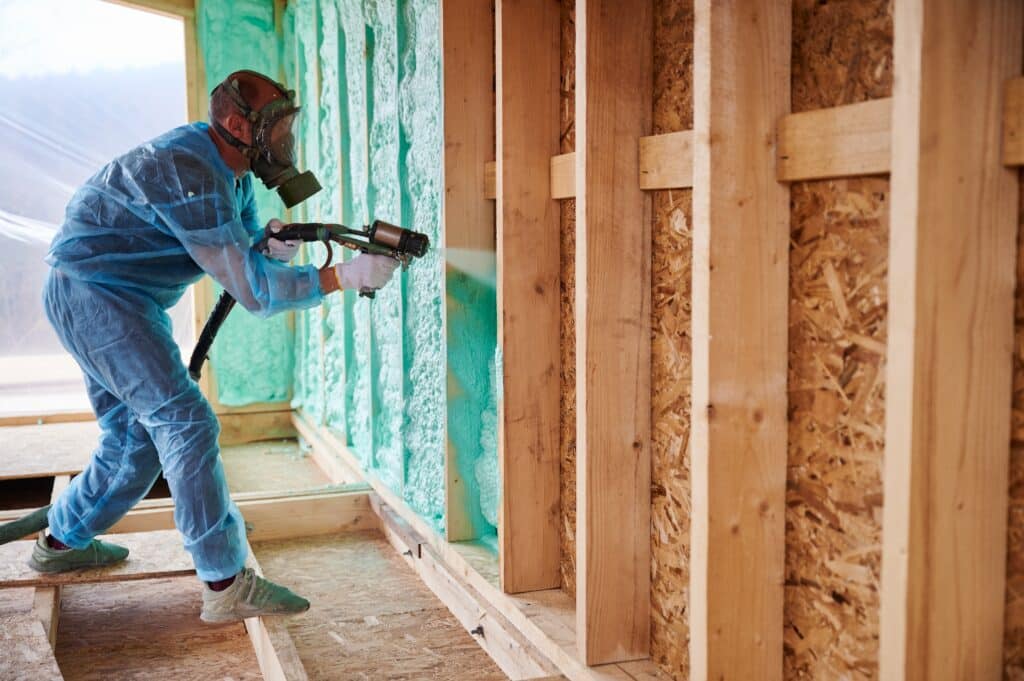
Choosing the Right Wall Insulation Types for Your Home
Factors to Consider
Selecting the appropriate wall insulation for your walls involves several considerations. First, evaluate your climate: colder regions may benefit more from high R-value materials like spray foam or foam board, while milder climates might find fiberglass or cellulose adequate. Assess your budget and whether you prioritize upfront costs or long-term savings.
Another factor is the specific area of your home needing insulation. For unfinished walls, spray foam or fiberglass batts might be ideal. In contrast, retrofitting existing walls may require blown-in cellulose for better coverage. Additionally, consider the building codes and regulations in your area, as some insulation types may be required to meet specific standards.
Professional Installation vs. DIY
While some insulation types can be installed as a DIY project, others, such as spray foam, are best left to professionals. DIY installations can save money but may lead to improper application if not done correctly. Professional installers typically ensure the material is applied evenly and efficiently, maximizing insulation effectiveness.
Furthermore, some insulation materials may have specific safety protocols to follow. For instance, the installation of spray foam requires proper ventilation and protective gear due to its chemical components. Homeowners should weigh the pros and cons of DIY versus professional installation based on their comfort level, budget, and the complexity of the job.
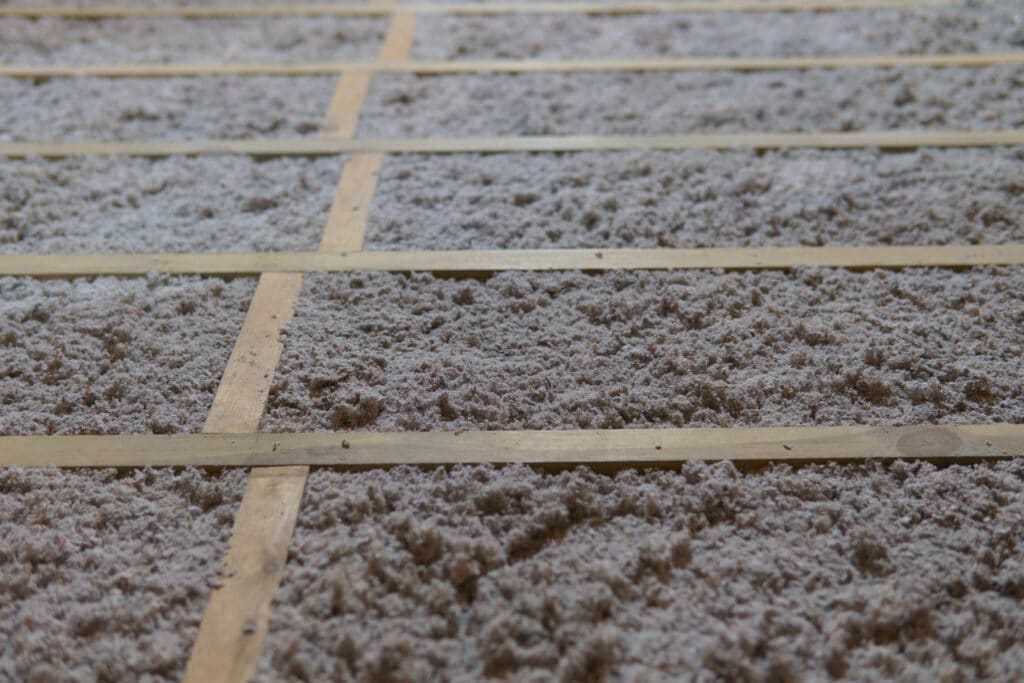
Conclusion: Making the Best Choice for Your Home’s Insulation Needs
Choosing the right wall insulation is essential for maintaining a comfortable, energy-efficient home. With various options available, it’s crucial to consider factors like cost, energy efficiency, environmental impact, and installation methods. Whether opting for fiberglass, foam board, spray foam, cellulose, or mineral wool, each type has unique benefits and considerations.
Ultimately, the decision should align with your specific needs and the characteristics of your home. By investing in quality insulation, you can enjoy lower energy bills, improved comfort, and a positive environmental impact.
FAQs
What is the best type of insulation for energy efficiency?
Spray foam insulation is often regarded as the most energy-efficient option due to its ability to create an airtight seal. However, foam board and cellulose insulation also provide excellent thermal resistance.
How much does wall insulation typically cost?
The cost varies widely depending on the type of insulation, the size of the area, and installation expenses. On average, homeowners can expect to spend between $0.50 and $3.00 per square foot, including materials and labor.
Can I install insulation myself?
Yes, some insulation types, like fiberglass batts or blown-in cellulose, can be installed by homeowners with basic DIY skills. However, professional help is recommended for spray foam or complex installations.
Is insulation worth the investment?
Yes, investing in insulation can lead to significant savings on energy bills over time. Many homeowners recoup their costs through lower heating and cooling expenses and potential tax incentives.
How long does insulation last?
Most wall insulation types can last several decades, but factors such as moisture, pests, and settling can impact their effectiveness. Regular inspections can ensure continued performance and prompt maintenance when necessary.
